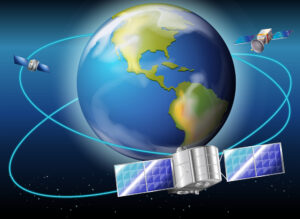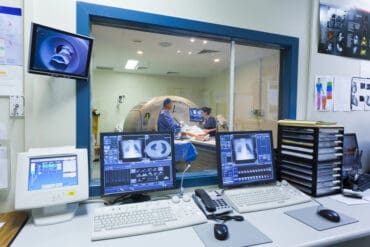
The combination of lower launch costs and industry efforts to enable global IoT satellite services bodes well for end-user companies that want the flexibility to use IoT devices anywhere.
The use of the Internet of Things is exploding among industrial industries. As IoT devices become more widely deployed and available, many new use cases have emerged. One critical factor in ensuring this trend continues, and industrial companies get the most out of their IoT devices is the need for connectivity. Increasingly, organizations are complementing their traditional wireless connectivity options (e.g., Wi-Fi, LoRaWAN, 5G, Bluetooth, and more) with the addition of satellite services specifically designed for IoT data.
To understand why an additional connectivity choice is desirable, one need only look at the current state of the market. To start, industrial industry companies are heavily investing in IoT for numerous reasons. As we noted in Manufacturers Find New Applications as IoT Devices Proliferate, “Mordor Intelligence pegs IoT manufacturing spending at $390 million this year and predicts it will grow to $1.22 trillion in 2029, representing a 25.33% CAGR. Another market research study by SkyQuest finds a comparably large CAGR of 23.30% for manufacturing IoT spending through 2031 when the market will be $2.114 trillion.”
See also: The Evolution of Manufacturing in the IoT Era
IoT Data Access is Essential
The proliferation of IoT devices is only valuable if the data from those devices is easily accessible. The ability to collect, aggregate, and then analyze such data is the cornerstone of modern manufacturing and industrial operations.
The insights from such data allow organizations to monitor the condition of equipment and processes, implement preventive and predictive maintenance, boost operations and throughput efficiency, reduce waste and energy consumption, and optimize supply chains.
Another operational aspect that relies on access to IoT data is the convergence of operational technology (OT) and IT environments. For decades, many of the systems that used IoT to provide equipment health status information were siloed. Over the last few years, there has been a major industry push to bring that data into the fold by integrating IT and OT.
Satellite Services Expected to Boom
Due to its high cost, satellite connectivity was typically a last resort, only used in special cases where no other options were available. However, the economics have radically changed in the last few years due to the availability of much lower cost launch options such as those offered by SpaceX and other commercial space launch startups.
Additionally, more players are entering the market due to the FCC’s streamlining of the satellite application process. To that point, the NewSpace Index, a company that tracks commercial satellite constellations, small satellite rocket launchers, and funding options, lists more than 70 companies set up to launch satellites to serve the IoT and machine-to-machine markets.
Furthermore, two industry efforts aim to ensure standardization and drive the market for IoT satellite services.
One effort, the recently formed Mobile Satellite Services Association (MSSA), has “a vision of integrating terrestrial and non-terrestrial network services to deliver scalable, sustainable, and affordable connectivity to any device, anytime, anywhere.” According to the group, that includes work on chipsets that IoT modules and other devices can use to operate anywhere in the world.
The other effort, the 3rd Generation Partnership Project (3GPP), brings together different industry stakeholders to develop protocols for mobile telecommunications. One aspect of the group’s work is on telecom standards to be used around the globe to support satellite IoT and machine-to-machine (M2M) services.
Bright Future Expected for Satellite IoT
The combination of lower launch costs and industry efforts like MSSA and 3GPP bodes well for end-user companies that want the flexibility to use IoT devices anywhere.
This month, Juniper Research released a report on the global satellite IoT services market that predicts that the number of satellites in orbit that can be used for IoT connectivity will grow 150% over the next five years.
Specifically, it predicts that satellites with such capabilities will grow from 10,000 this year to over 24,000 by 2029. Driving this market expansion is the increased demand for connectivity from IoT network users, according to the report.







